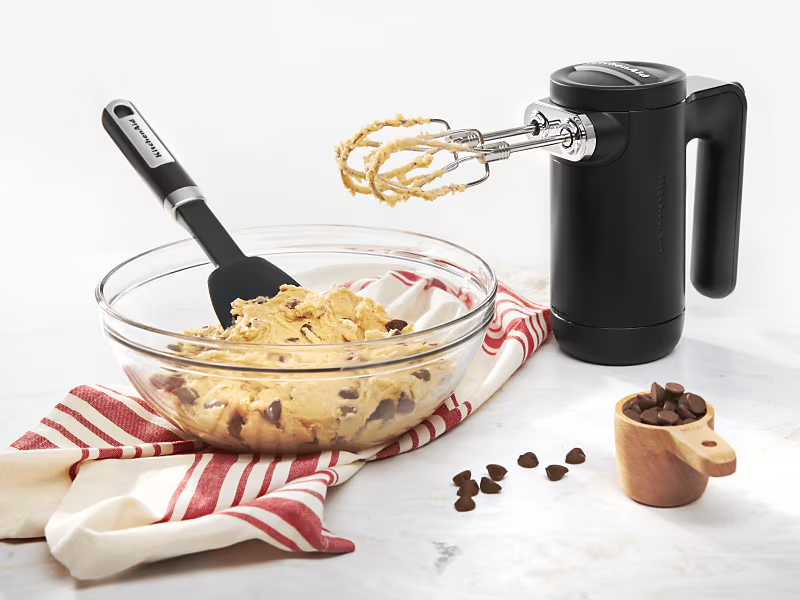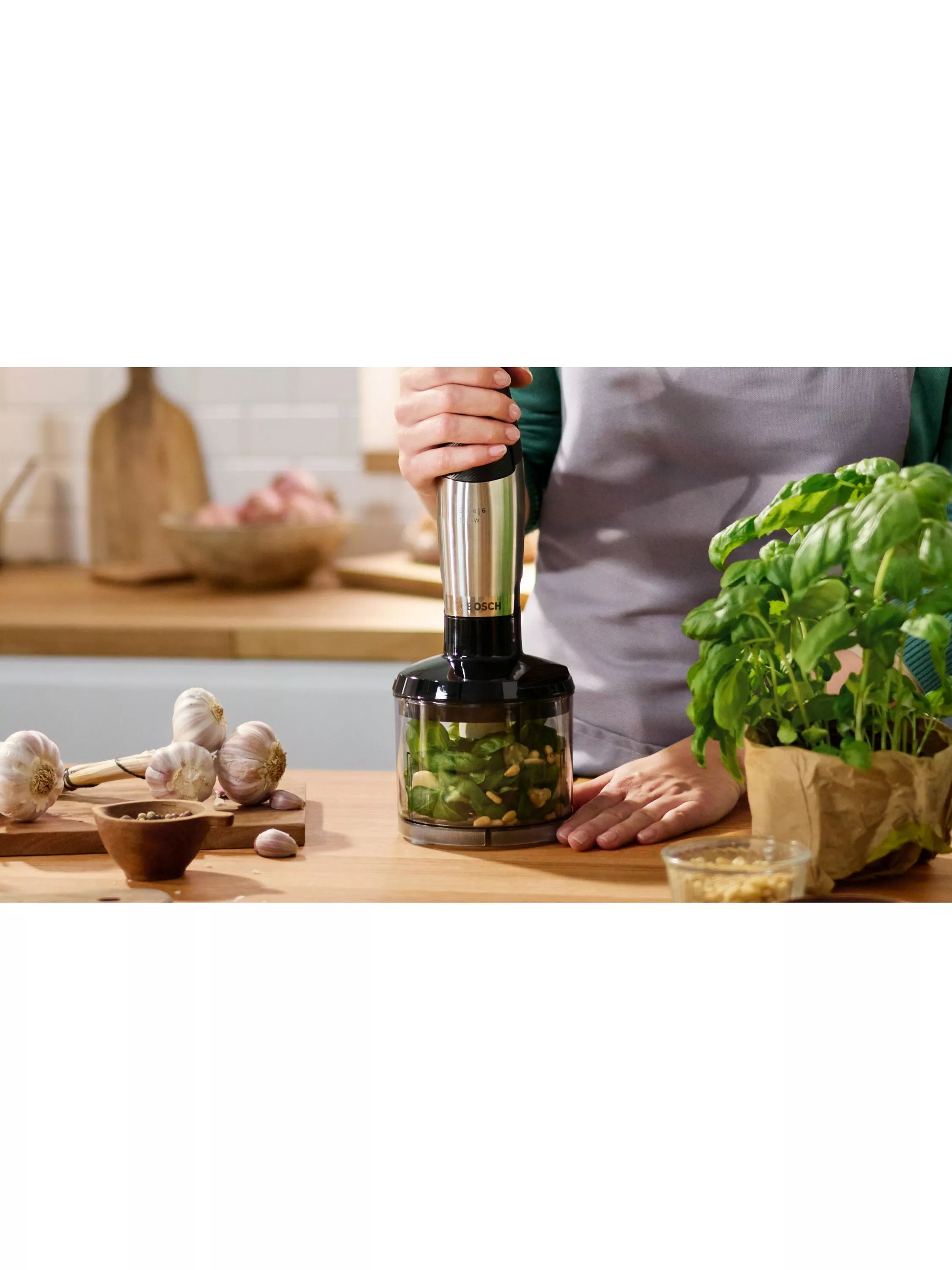Welcome to the heart of your kitchen, where baking magic happens! If you’ve ever stared into your drawer of hand mixer attachments and felt a moment of hesitation, you’re not alone. The big question often comes down to two key players. So, let’s dive deep into What Is The Difference Between Beaters And Whisks, because choosing the right tool for the job is the secret ingredient that can take your recipes from good to absolutely unforgettable. Think of me as your friendly guide, here to demystify these essential tools once and for all.
The Workhorse of the Kitchen: A Deep Dive into Beaters
Let’s start with the attachment you probably use most often: the traditional beaters. These are the twin soldiers of your hand mixer, ready to tackle the heavy lifting.
So, What Exactly Are Beaters?
Beaters are the standard attachments that come with virtually every hand mixer. They consist of two intertwined, sturdy metal or plastic blades. Their design isn’t for show; it’s engineered for power and efficiency. When they spin, they create a powerful folding and mixing motion, designed to combine ingredients thoroughly and forcefully.
Think of them less like a delicate artist’s brush and more like two very strong, very fast hands folding ingredients together in a bowl. Their primary job is to combine, blend, and cream ingredients that have some substance to them. They don’t incorporate a massive amount of air, but rather focus on creating a homogenous, well-mixed batter.
When Should You Reach for Your Beaters?
You’ll want to grab your beaters for the majority of your everyday mixing tasks. They are your go-to for recipes where structure and combination are more important than lightness and air.
- Creaming Butter and Sugar: This is the classic job for beaters. Their sturdy design is perfect for breaking down sugar crystals into softened butter, creating the essential foundation for fantastic cookies and cakes.
- Mixing Cake and Brownie Batter: Once you add the flour and other dry ingredients, beaters have the strength to combine everything without overworking the gluten, as long as you mix on a low speed until just combined.
- Making Cookie Dough: Cookie dough can be dense and heavy. Beaters have the muscle to incorporate chocolate chips, nuts, and oats without putting too much strain on your mixer’s motor.
- Mashing Potatoes: Yep, you read that right! For creamy, lump-free mashed potatoes, a hand mixer with beaters is a game-changer. Just be careful not to over-mix, or they can become gummy.
I remember my first attempt at chocolate chip cookies without a mixer. My arm felt like it was going to fall off from trying to cream cold butter with a wooden spoon. The day I got my first hand mixer, those beaters felt like pure luxury, and my cookies have never been the same since.
The Aeration Artist: Understanding the Whisk Attachment
Now, let’s talk about the beater’s more delicate, artistic cousin: the whisk. Not all hand mixers come with one, but if yours does, it opens up a whole new world of culinary possibilities.
What is a Balloon Whisk Attachment?
A whisk attachment, often called a balloon whisk, is made of several thin, flexible wire loops that come together at the base. Its wide, airy shape is specifically designed for one primary purpose: to incorporate as much air as possible into liquid ingredients.
If beaters are like strong hands, a whisk is like a tiny net, catching air and whipping it into your mixture with every rotation. This process, called aeration, is what creates volume, lift, and that light, cloud-like texture in things like meringues and whipped cream.
Top Times to Unleash the Whisk
You should switch to your whisk attachment whenever the goal is to make something light, fluffy, and voluminous. Think of recipes where “stiff peaks” or “soft peaks” are the goal.
- Whipping Egg Whites: This is the whisk’s starring role. Whether you’re making meringue for a lemon pie, macarons, or an angel food cake, a whisk is non-negotiable for whipping egg whites into a stable, glossy foam.
- Making Whipped Cream: A whisk will turn cold heavy cream into luscious, fluffy peaks in minutes. It’s far more effective and faster than using standard beaters for this task.
- Light and Airy Frostings: For frostings like Swiss meringue buttercream or ermine frosting, a whisk is essential for achieving that signature light and silky texture.
- Emulsifying Vinaigrettes: While you can do this by hand, a whisk attachment on a low speed can help you create a beautifully stable emulsion for salad dressings.
The Main Event: What is the Difference Between Beaters and Whisks?
Okay, let’s put them side-by-side. While both are attachments for your hand mixer, their design dictates their function, and using the wrong one can dramatically change the outcome of your recipe.
| Feature | Standard Beaters | Whisk Attachment |
|---|---|---|
| Primary Function | Combining, mixing, creaming | Aerating, whipping, emulsifying |
| Structure | Two sturdy, intertwined blades | Multiple thin, flexible wire loops |
| Best For | Dense mixtures (cookie dough, cake batter) | Light liquids (egg whites, cream) |
| The Science | Creates a folding/blending motion | Rapidly incorporates air to add volume |
| End Result | A smooth, homogenous mixture | A light, airy, voluminous mixture |
“For a beginner baker, understanding the fundamental difference between your attachments is crucial. A whisk gives you air and lift, while a beater gives you power and combination. Using a beater when you need a whisk is like trying to paint a watercolor with a house-painting brush – you just won’t get the delicate result you’re looking for.” – Chef Marcus Thorne, Pastry Innovator
Pro Tips for Getting the Most From Your Attachments
Knowing the difference is one thing; using them like a pro is another. Let’s cover some common questions and tips.
Can You Use a Beater Instead of a Whisk? (And Vice Versa?)
This is a common question, especially if your mixer didn’t come with a whisk.
- Using Beaters for Whipping: You can whip cream or egg whites with standard beaters. It will work, but it will take significantly longer, and you likely won’t achieve the same level of volume and stability as you would with a whisk. The final product might be a bit denser.
- Using a Whisk for Mixing: This is generally a bad idea. Using a whisk on a thick cake batter or cookie dough will put immense strain on the delicate wires. They could bend or break, and the dough will likely just get caught in the middle of the whisk, creating a huge mess without actually mixing the ingredients properly. Stick to beaters for the heavy stuff.
How to Clean and Care for Your Attachments
Proper care will ensure your beaters and whisks last for years.
- Always Eject First: Make sure your hand mixer is unplugged, then press the eject button to release the attachments. Never pull them out while the mixer is plugged in.
- Soak if Necessary: If you have dried-on batter, let the attachments soak in warm, soapy water for a few minutes.
- Wash Thoroughly: Wash them by hand with soap and water or check if they are dishwasher-safe (most modern stainless steel attachments are).
- Dry Completely: This is the most important step! Dry them thoroughly before storing to prevent any rust from forming, especially around the area where they connect to the mixer.
Frequently Asked Questions
Let’s tackle a few more common queries to round out your knowledge.
Can I use beaters for whipping cream?
Yes, you can, but it’s not ideal. It will take longer than using a whisk attachment, and the resulting whipped cream may not be as light, fluffy, or voluminous. For the best results, a whisk is always recommended.
What are dough hooks used for?
Dough hooks are another type of attachment that sometimes comes with more powerful hand mixers. They are shaped like corkscrews and are designed specifically for kneading bread dough, saving you a lot of manual effort.
Why are my egg whites not getting stiff with the whisk?
There could be a few reasons. First, ensure your bowl and whisk are perfectly clean and free of any fat or grease, as even a tiny drop can prevent egg whites from whipping up. Second, use room temperature egg whites. Finally, start on a lower speed and gradually increase it as the volume builds.
What is the main difference between beaters and whisks in simple terms?
In the simplest terms, beaters are for mixing heavy ingredients together, like in cookie dough. Whisks are for whipping air into light ingredients, like making whipped cream or meringue.
Is it better to have a hand mixer with one whisk or two?
Most hand mixers that include a whisk attachment only provide one. This is perfectly fine and effective for aerating tasks. While some models might offer two, a single, well-designed balloon whisk is all you need to get the job done right.
The Final Mix
So, there you have it. The mystery is solved! The next time you pull out your hand mixer, you’ll be able to choose your attachment with confidence. Grasping what is the difference between beaters and whisks isn’t just a piece of kitchen trivia; it’s a fundamental skill that empowers you to follow recipes more accurately and achieve better, more consistent results in your baking. Beaters bring the power for combining, and whisks bring the finesse for aerating. Now go forth and create something delicious! We’d love to hear in the comments what your favorite thing to make with your hand mixer is.